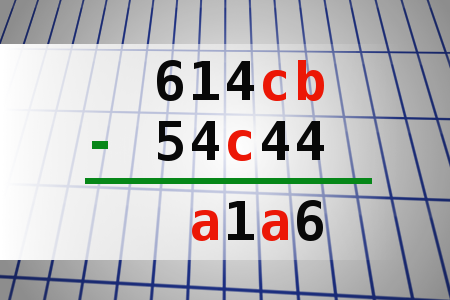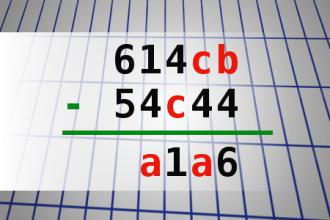Find number abc
If 614cb - 54c44 = a1a6 find number abc. Multiple solutions may exist.
Sergeants
Two boys from the mountains, Leroy and Jasper have been promoted from privates to sergeants.
Not long after, they're out for a walk and Leroys says, "Hey, Jasper, there's the NCO Club. Let's you and me stop in."
"But we's privates," protests Jasper. "We's sergeants now," says Leroy, pulling him inside.
"Now, Jasper, I'm a-gonna sit down and have me a drink."
"But we's privates," says Jasper.
"You blind, boy?" asks Leroy, pointing at his stripes. "We's sergeants now."
So they have their drink, and pretty soon a hooker comes up to Leroy. "You're cute," she says, "and I'd like to date you, but I've got a bad case of gonorrhoea."
Leroy pulls his friend to the side and whispers, "Jasper, go look in the dictionary and see what gonorrhoea means. If it's okay, give me the okay sign."
So Jasper goes to look it up, comes back, and gives Leroy the big okay sign.
Three weeks later Leroy is laid up in the infirmary with a terrible case of gonorrhoea.
"Jasper," he says, "what fo' you give me the okay?"
"Well, Leroy, in the dictionary, it say gonorrhoea affects only the privates." He points to his stripes. "But we's sergeants now!"

